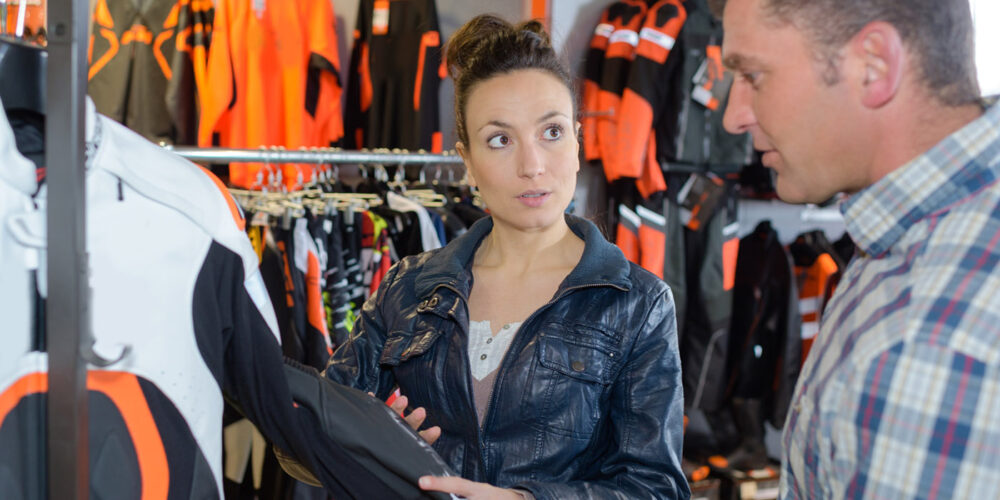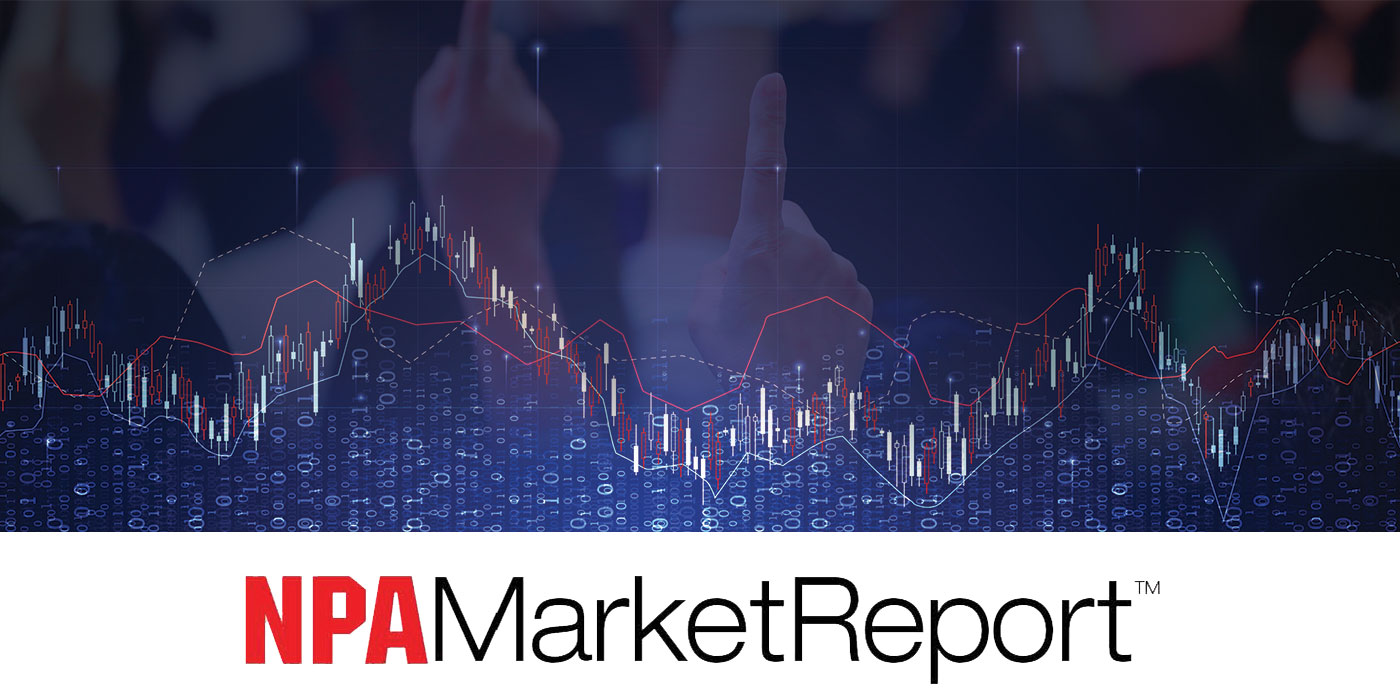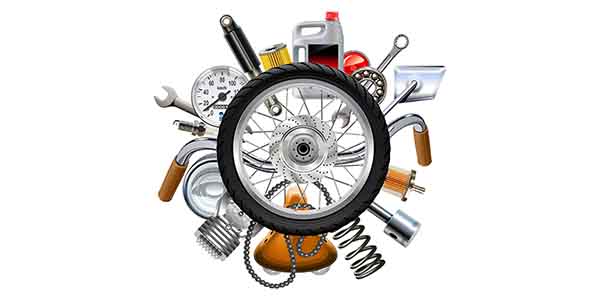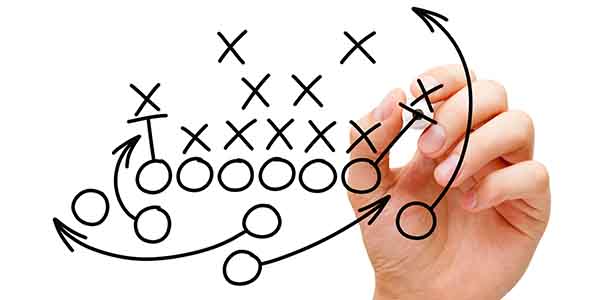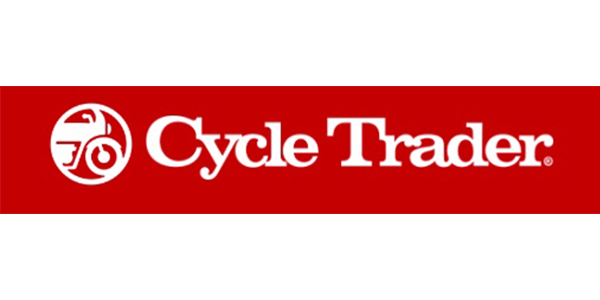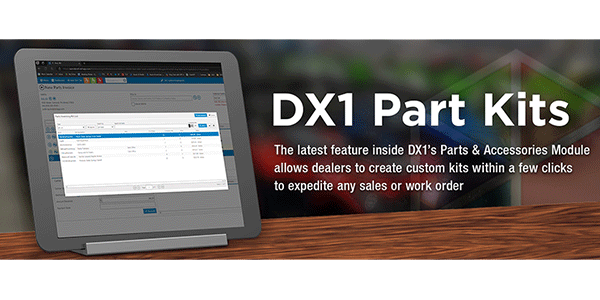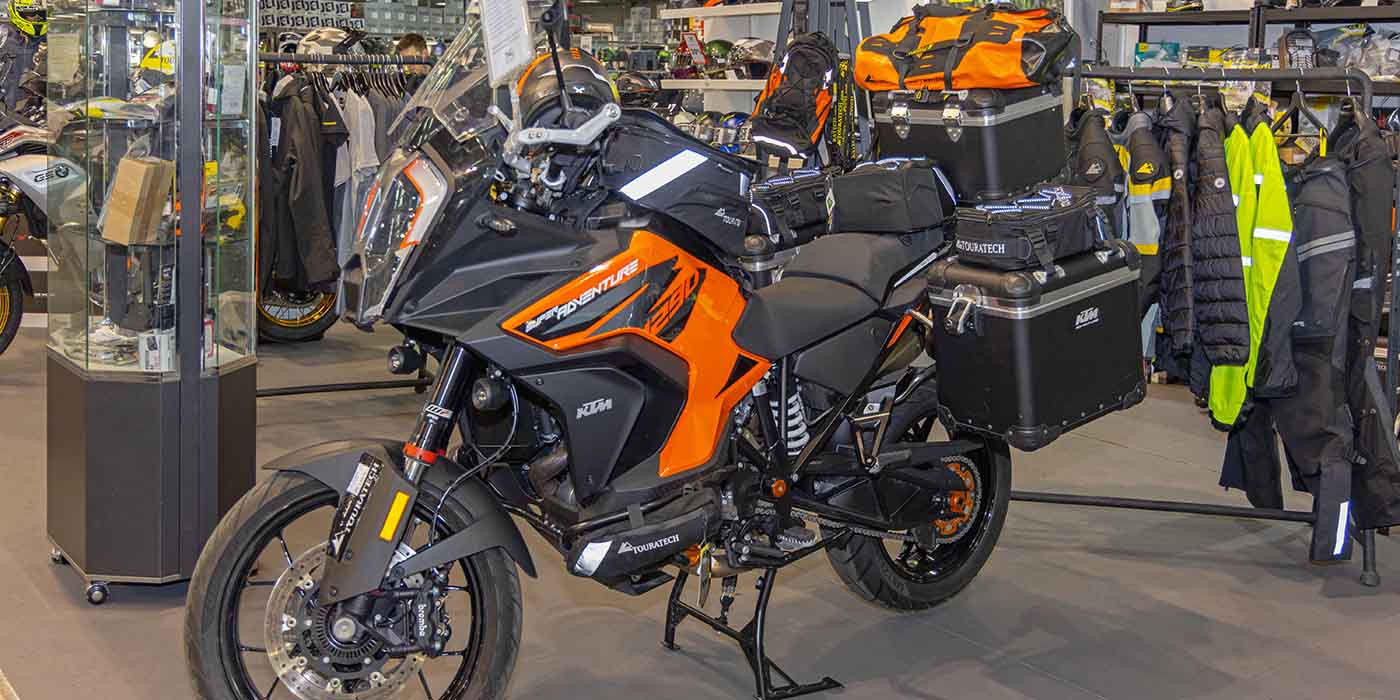Several years ago, my parts, gear and accessories (PG&A) manager came to me with a proposal: Let’s open an online store! Brick and mortar is dead, he said. We were supposedly losing a lot of business to the online powersports sites out there, according to his research.
“Why not?” I thought. We came up with a strategy, concentrating on clothing, accessories and tires. We spent money on advertising and marketing, trying to get the word out. We spent a ton of money. It flopped like a trout in the bottom of a canoe.
We finally pulled the pin after bleeding a whole lot of red ink. I realized it could be done, but the cost of getting the word into the world was way more than I was prepared to put out. I believe that it would, in this day and age, take hundreds of thousands of dollars to get a good website up and running, and to then promote enough that it would be (perhaps) profitable.
There lies madness. Far better to put that money into inventory that we could sell to clients when they are in the store — like clothing, accessories and tires. We took that money that we could have spent on an online presence and bought all the best deals we could get in current, sellable inventory. None of the goods that didn’t sell last year. Unless, of course, it was pennies on the dollar. And I mean pennies! I also try to stock products that have a MAP policy.
Related: Turning Inventory With Repeat Customers
I know several shops that buy all of the merchandise from the distributors that’s left over from the previous season — at prices that I don’t consider good enough. Then, they end up with tens of thousands of dollars (or more) of accessories that didn’t sell last year. Sure, you got (maybe) a good deal, but this is still merchandise that hasn’t sold last year. Why do you think it will sell this year? You also get the reputation of being Billy Bob’s Bargain Basement. You definitely don’t want that.
We have current stock, and we have staff members that can sell. They’ve been trained very well and know what’s going on. They kill the customers with service and upbeat enthusiasm. We basically went into overdrive.
This outlook has served us very well. We have the largest PG&A department in the area. We obviously don’t carry the odd things that you sell once every two or three years, but if we sell three or more each year, we try to stock it. We have trimmed our brands down to “good, better, best,” and we’ve all trained to know the other brands and know how our lines compare. Our PG&A sales are about 30% of total gross sales.
You often see a shop where there are 10 lines of everything, and the PG&A managers think that if they have it, the customers will buy it. But without staff and training, that mindset never works. Plus, there are just too many choices, which just confuses customers.
There are shops that say they do well online, but I will wager that almost all of them have not done so or not done as well as they tell us. Most of the large distributors own an online store. I believe that this is completely unfair to those of us who have supported them for many decades, making the distributors as large as they are now. Do you really think you can compete with online stores backed by wholesale distributors who can sell PG&A at your dealer net? I don’t believe it’s possible — at least, not profitably.
The bottom line? Look at your competitors. Forget about online unless you can supply something unique, whatever that may be. Don’t stock wide, but stock as deep as makes sense, using the three turns principle. Look at your sales over the last few years. Knowing the pandemic screwed everything up, use sales stats going back six or eight years. It will become obvious what sells, and hopefully you can extrapolate that for the future.
You have to know all of the numbers to move forward. Keep it tidy and organized. There’s nothing worse than going into a shop and being unable to find anything.
Don’t despair about online stores. Ignore them and do your own thing. Make your store a joy for the clients to visit, train the staff to sell, and sales will follow.

